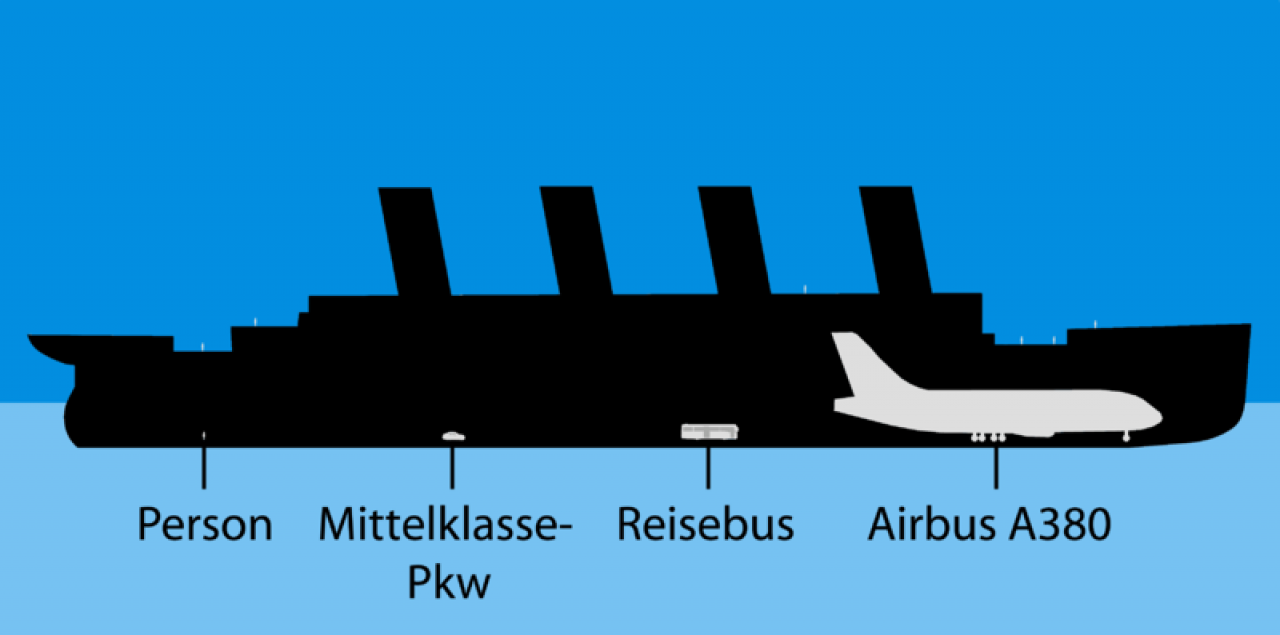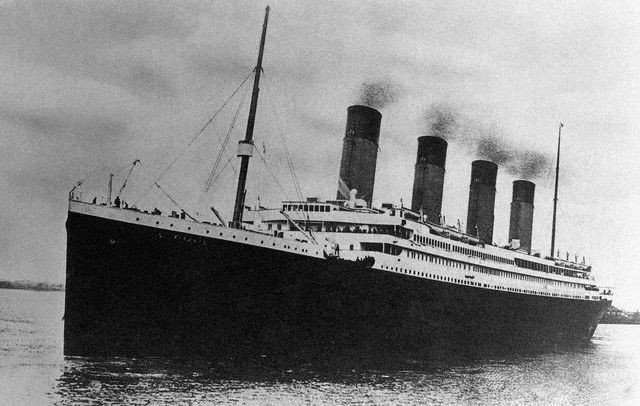The Feat - and Failure - of the Titanic
Now and again the greatest achievements in technology are marred by tragedy. One of the foremost examples of this is the great luxury liner RMS Titanic, which sank in the early morning hours of April 15, 1912, barely five days after setting sail on her maiden voyage. 102 years later, her sinking is still one […]

Now and again the greatest achievements in technology are marred by tragedy. One of the foremost examples of this is the great luxury liner RMS Titanic, which sank in the early morning hours of April 15, 1912, barely five days after setting sail on her maiden voyage. 102 years later, her sinking is still one of the worst maritime disasters of all time.
At the time of her launch, Titanic was the jewel in the crown of the White Star Line, one of the world's preeminent travel companies, and the third in a trio of liners alongside Britannic and Olympicmeant to set a new world standard in first class touring. Titanic was designed by Thomas Andrews and built in Belfast, Ireland, by Harland and Wolff, an industrial company still in operation today. Titanic was a technological marvel, the largest ship built to date, and described as a floating city.
The ship was, well, huge. 29 91-ton boilers provided the steam which powered Titanic's two 63-foot, 720-ton engines. The boilers required 600 tons of coal per day, and more than 150 men just to keep them going. The ship itself was more than 10 stories tall 104 feet just over 294 yards in length, and weighed 46,328 tons. 294 yards! That's three football fields. It's hard to imagine such a massive object staying afloat in the first place, though modern ships are even more impressive (see the illustration below).

A scale comparison of the Titanic to several modern modes of transportation.
Titanic was constructed to be not only the zenith of human accomplishment, but of luxury. The amenities available to first class passengers were equal to the finest apartments in New York and London. Gold leaf, crystal, fine lacquer and porcelain: no expense was spared in making Titanic the finest passenger vessel the world had seen, housing whole libraries, a swimming pool, and a full gymnasium. There were also fine, new cabins for second and third class passengers, many of whom were emigrating to the United States. The manifest for that fateful maiden voyage, including all passengers and crew, totaled 2,224.
The ship was intended to be the grandest and fastest ship a-sea. She was lauded as unsinkable, an assembly of the latest and best in maritime engineering. Architect Thomas Andrews designed the ship with a number of watertight compartments sealed with watertight doors, to catch and hold seawater in the unlikely event of a breach. The ship held enough lifeboats to carry just over 1,100 people approximately half the number aboard. At the time Titanic left Britain, many thought the lifeboats would go unused.
The appearance of safety was mistaken for safety itself. Walter Lord
April on the North Atlantic is a perilous season, and the night of April 14 was particularly treacherous. The sea was described by surviving sailors as having a flat calm: there was no wind to cause waves to break and foam against the edges of icebergs, and there was no moon to reflect off of them; both factors made the dangerous bergs practically invisible. At 11:40 p.m., the great unsinkable ship scraped its starboard hull against an iceberg. Five of the sixteen watertight compartments were broken by the breach, and despite the implementation of the rest of the compartments and the watertight doors, the ship filled with water far too quickly to avoid sinking.
Titanic sank completely beneath the waves of the Atlantic by 2:20 on the morning of April 15, with more than 1,000 people still aboard. Several of the inadequate lifeboats had been launched in a panic, sometimes less than half full. Another liner, the RMS Carpathia, who had received Titanic's telegraphed distress signal, would eventually come to the site and rescue the remaining 705 survivors.
The one bright beacon associated with this sad day in history is the fact that without the installation of Marconi's wireless telegraph aboard the Titanic, it's likely that even more lives would have been lost.
Looking back more than a century on the tragedy of Titanic, it's sobering to consider how ambitious we humans often are, and the cost that can accompany that ambition. Titanic was intended to impress the world with her size and grandeur, but she is now remembered in tandem with catastrophe. Perhaps the words biggest, newest, and fastest are not always synonymous with best.

 Member Connect
Member Connect